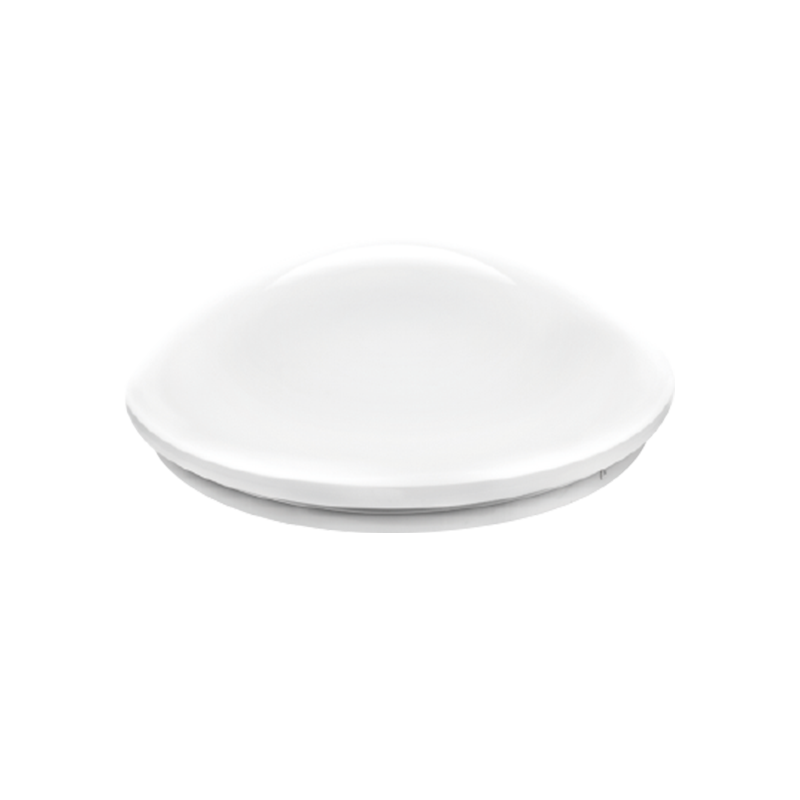Mastering LED Lighting Import and Distribution for Industrial Applications
Mastering LED Lighting Import and Distribution for Industrial Applications
Blog Article
For companies purchasing in volume, choosing the right wholesale LED supplier is essential to balance quality and cost.
This article explores key advantages of buying LED lamps in bulk, the role of high bay LED fixtures in industrial spaces, and what to look for in an experienced LED lighting importer.
Let’s start by looking at the reasons why sourcing LED lighting wholesale is not only cost-effective—but also the smarter long-term choice for industrial facilities.
Why Choose Wholesale LED Lighting
Bulk purchasing lowers unit costs, simplifies logistics, and ensures product consistency across your facility.
When purchased wholesale, the return on investment (ROI) becomes even more attractive, especially in spaces requiring high-output lighting such as warehouses, factories, and logistics centers.
Whether you need fixtures for ceilings over 30 feet high or task lighting for assembly zones, buying in volume allows better system-wide integration.

Why Industrial Facilities Should Upgrade to LED Lighting
For companies operating large facilities, these energy savings quickly add up, improving overall profitability.
Beyond cost savings, LED lighting improves visibility, safety, and productivity.
Industrial LEDs also require less maintenance, thanks to their long lifespan—often exceeding 50,000 hours.
Features of Industrial High Bay LED Systems
These powerful lights deliver focused, even illumination across wide areas, ensuring that workspaces remain well-lit and compliant with safety standards.
Compared to legacy high-intensity discharge (HID) fixtures, high bay LEDs offer better energy efficiency, instant-on capability (no warm-up time), and superior color rendering.
Advanced models, like the High Bay LED EVO, combine cutting-edge optics, durable construction, and smart features such as dimming or sensor integration.
Key Features of High Bay LED EVO Fixtures
The High Bay LED EVO represents the next generation of industrial lighting.
This adaptability allows facility managers to fine-tune lighting layouts and reduce unnecessary energy consumption.
Companies seeking to modernize their lighting systems should consider the EVO series as a top-tier option offering durability, efficiency, and cutting-edge features.

What to Look for in an LED Importer
Experienced importers can offer insights into product selection, local compliance requirements, and after-sales support.
Transparent pricing, clear communication, and flexible contract terms are also key factors to consider.
Choosing the right partner sets the foundation for long-term success and maximum return on your LED investment.
Conclusion: Optimizing Industrial Lighting with Wholesale LED Solutions
importadora lampadas led When combined with top-tier products like High Bay LED EVO, businesses achieve not just cost efficiency but also operational excellence.
It’s not just about purchasing light fixtures—it’s about building a long-term partnership that helps your facility stay competitive and sustainable.
By acting now, you position your business at the forefront of innovation, reaping financial and environmental benefits for years to come.
Your Questions Answered: Industrial LED Lighting
How does wholesale LED purchasing save money?
Buying LEDs wholesale lowers unit costs, simplifies logistics, ensures product consistency, and often provides better warranties.
What is a high bay LED light?
High bay LED lights are designed for spaces with ceilings over 20 feet, such as warehouses, factories, and gymnasiums.
What are the features of the EVO series?
It’s a top-tier choice for demanding industrial applications requiring durability and performance.
What should I look for in an LED lighting supplier?
Look for suppliers with certifications, industrial experience, solid inventories, strong manufacturer ties, and excellent technical support.
How much can I save by switching to industrial LED lighting?
Industrial LED upgrades can reduce energy costs by up to 75% and maintenance costs by up to 50%.
Report this page